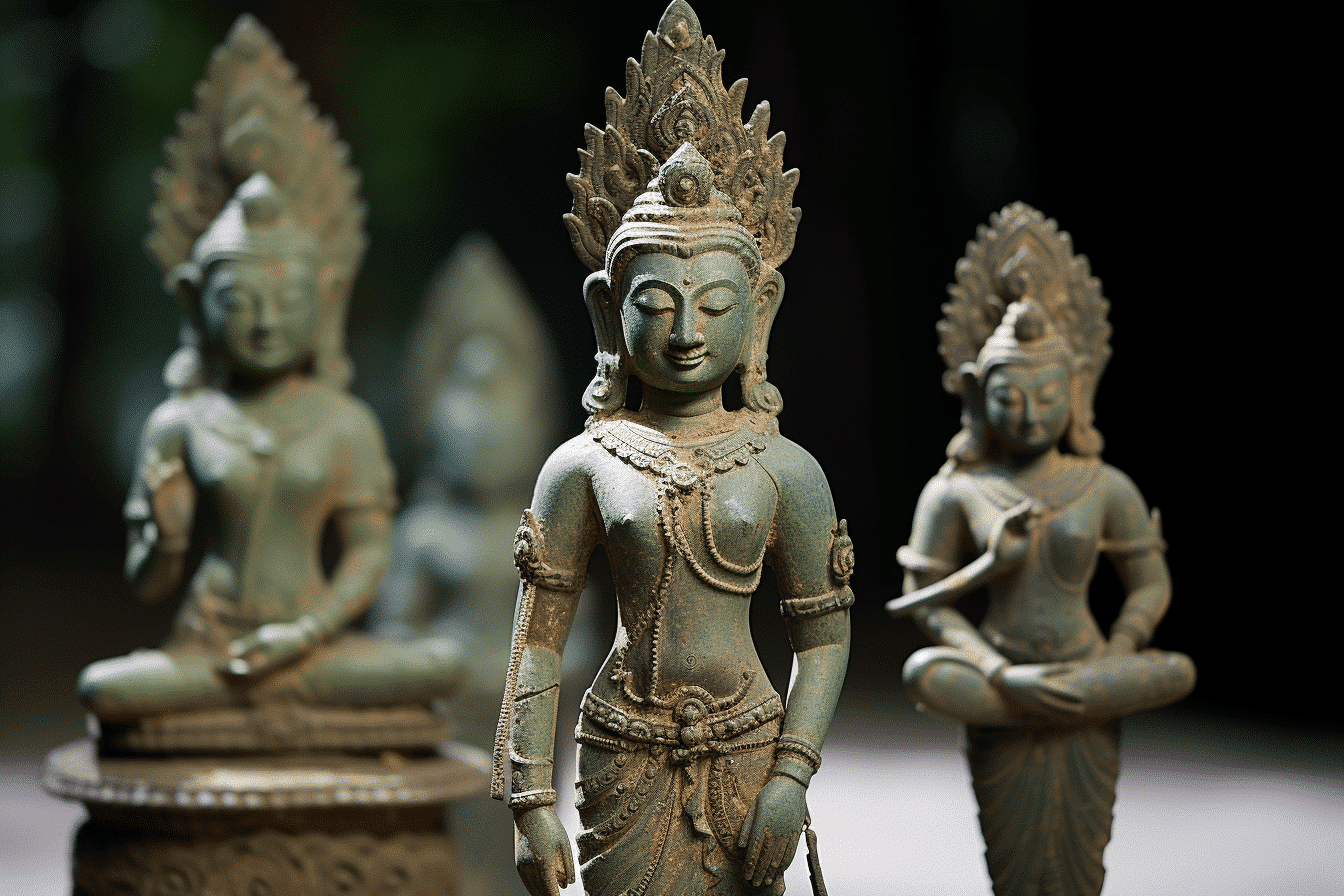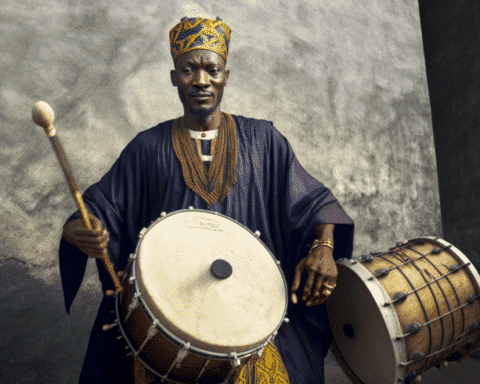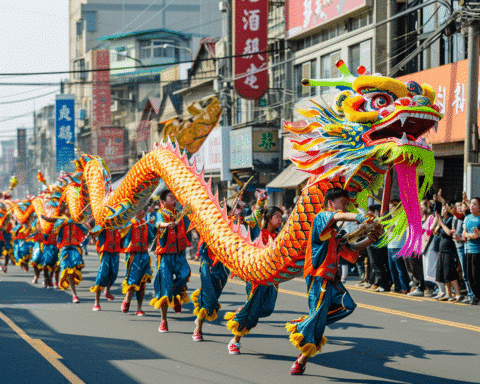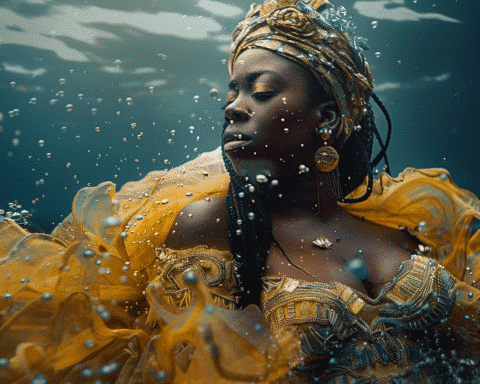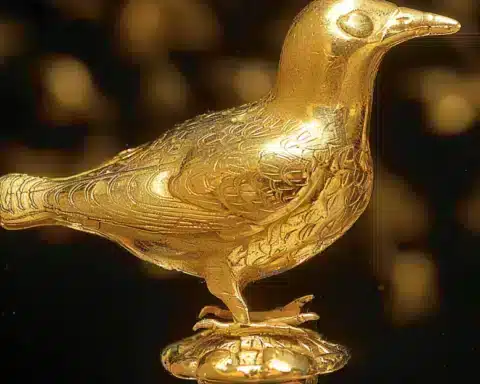The National Gallery of Australia revealed its decision to return three priceless bronze statues, originally plundered from Cambodia, which the institution had acquired for $1.5 million.
In 2011, these pieces were procured from the now-deceased art trader Douglas Latchford. Later, Latchford came under the scrutiny of U.S. investigators for allegations of smuggling pilfered relics.
“This marks a pivotal moment in amending historical wrongs, emphasizing the significance of cultural assets, and recognizing the imperative of safeguarding cultural legacies,” remarked Dr. Chanborey Cheunboran, the Cambodian envoy to Australia and New Zealand, during a handover event in Canberra last Friday, as quoted by the museum.
Latchford, renowned for his expertise on Khmer Empire artworks spanning the 9th to 15th centuries, faced charges in New York in 2019. U.S. officials alleged that since the 1970s, he acted as a critical figure in trafficking stolen artifacts, fabricating credentials for items illicitly obtained or extracted from monumental sites, including Angkor Wat. Latchford passed away in Thailand in 2020 at 88, never confronting these allegations.
The sculptures, dating back to the 9th or 10th century, represent three distinct Bodhisattvas, iconic entities frequently depicted in Buddhist art.
Bradley Gordon, consulting legal expert for the Cambodian administration, communicated with CNN, indicating that ongoing collaborative research discussions with the National Gallery of Australia had been fruitful. He further stated that around 20 additional Cambodian artifacts housed in the museum are under examination.
The museum subsequently validated this, commenting that the findings from their rigorous scrutiny will influence the fate of the Cambodian and Khmer pieces presently under their stewardship.
In an effort towards reconciliation in 2021, Nawapan Kriangsak, Latchford’s heir, vowed to repatriate all Cambodian pieces bequeathed to her back to their homeland. This vast collection, comprising over 100 statues and carvings, holds such immense cultural value that Cambodia’s leading museum in Phnom Penh is undergoing expansion to host it.
When discussing the artifacts’ anticipated return, Cambodia’s Culture and Fine Arts Minister, Phoeurng Sackona, shared her exhilaration with CNN, stating, “Our cultural assets are not mere material entities; they embody spirits and emotions. These artifacts yearn to be reconnected with their native land.”
These three items will be integrated into the Phnom Penh collection after completing the museum’s expansion. For now, they continue to be showcased in Australia.
This repatriation marks the National Gallery’s second significant act of returning unlawfully acquired artifacts. The previous year, it produced 17 artworks linked to controversial art brokers Subhash Kapoor and William Wolff.
Such actions, the museum articulates, showcase its unwavering dedication to the moral stewardship of its collections.
Institutions like the National Gallery of Australia’s conscious efforts to address historical oversights and proactively return stolen cultural treasures illuminate a path forward for other global entities. Such actions are not just about rectifying past errors but also resonate deeply with nations that have lost a part of their heritage. By honouring ethical practices and nurturing cross-cultural ties, museums worldwide can pave the way for a more respectful and collaborative future in art and antiquities.
